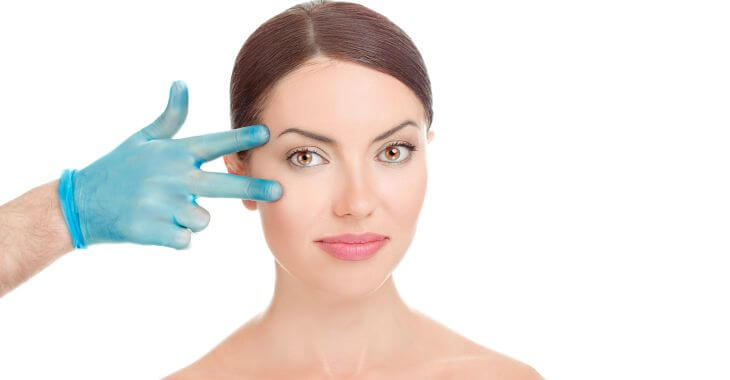Advancements in the Modern Facelift
Advancements have improved many medical procedures, including those in the cosmetic surgical field. One area that has drastically improved is facelifts. Years ago, facelifts often gave patients a tight, stretched look to their facial skin. Also, the recovery time and scarring was more pronounced. Now, many facial plastic surgeons can perform facelifts that look natural, have reduced recovery time and minimal scarring.
If you are considering having a facelift, know that not all plastic surgeons are the same or use the same techniques. Like any medical professional, some have more experience or expertise in their fields, especially when it comes to working with the delicate facial area. With a facelift, the keys to a more natural appearance with less side effects or scarring can be found in these techniques:
- Less skin dissection. Using less skin dissection during a facelift can reduce the bleeding and help improve the recovery process. This means less pain, discomfort and bruising, often without the need for drains during recovery.
- Smaller and fewer incisions. Not only do smaller incisions in less places help reduce scars, it can improve recovery time. Expert plastic surgeons use techniques that use tiny incisions placed strategically for minimally scarring and enhanced options during the procedure.
- Cheek pad placement. One of the improvement aspects of a facelift is moving the cheek pads to a higher positon; just tightening the skin will not always give a natural appearance. Careful movement of the cheek pads to a higher position can reduce eye bags, soften nasolabial folds and give the face a youthful appearance.
Talk to your facial plastic surgeon about natural uplift options for your facelift. You want the latest techniques and tools to be used for the best and most natural-looking results.
Posted on behalf of:
Maurice M. Khosh, MD, FACS
580 Park Avenue, Suite 1BE
New York, NY 10065
212-339-9988
The information provided on this website, including text, graphics, images, and other materials, is intended solely for informational purposes and should not be used as a substitute for professional medical advice, diagnosis, or treatment.

)